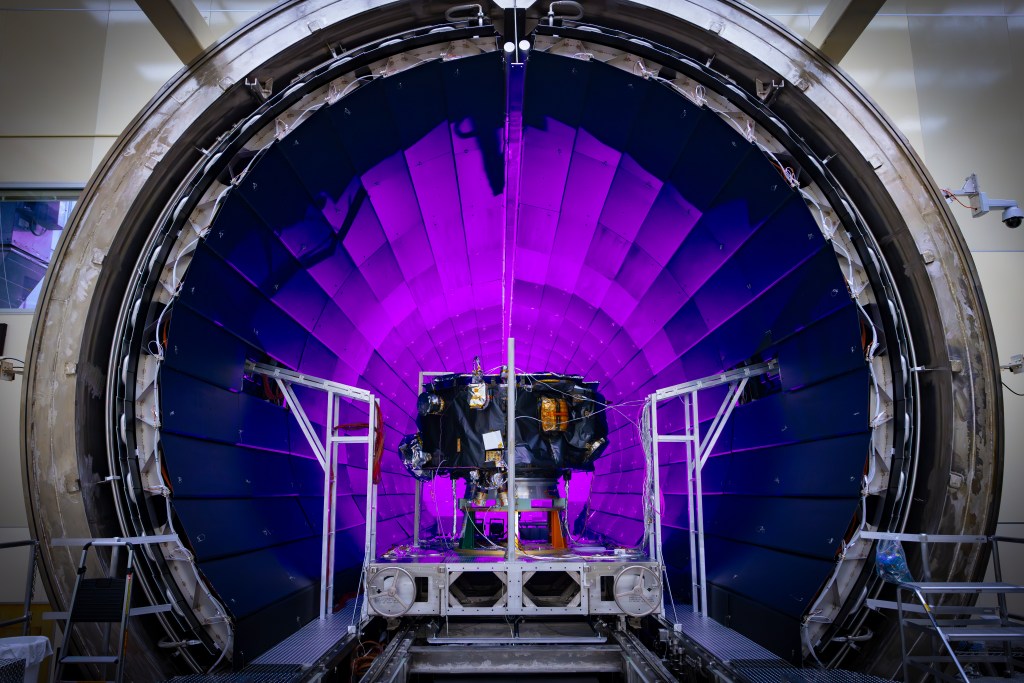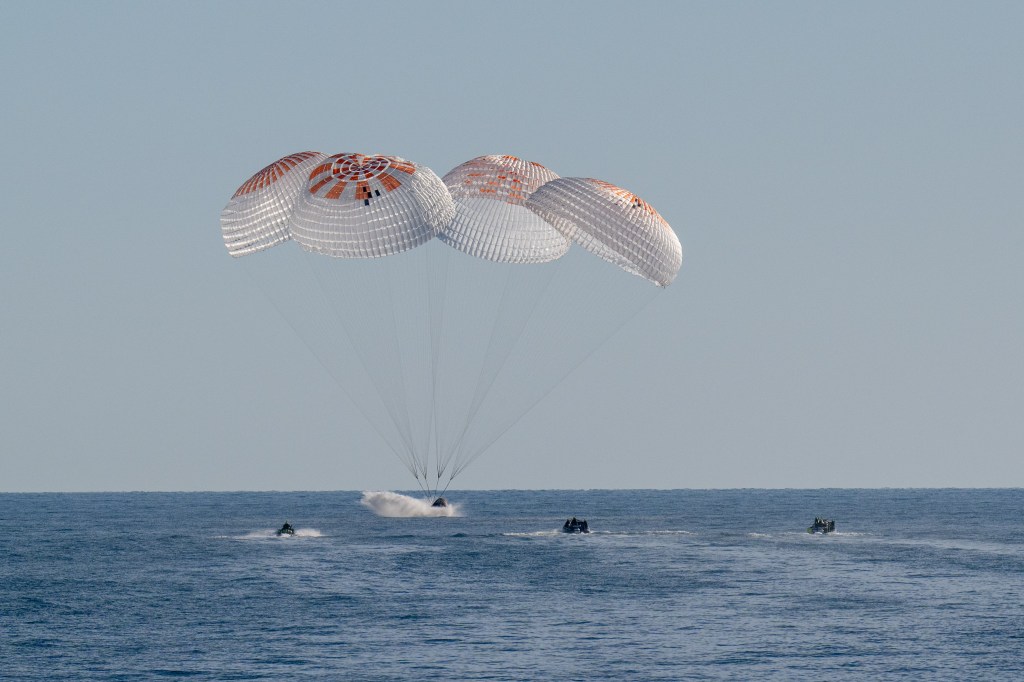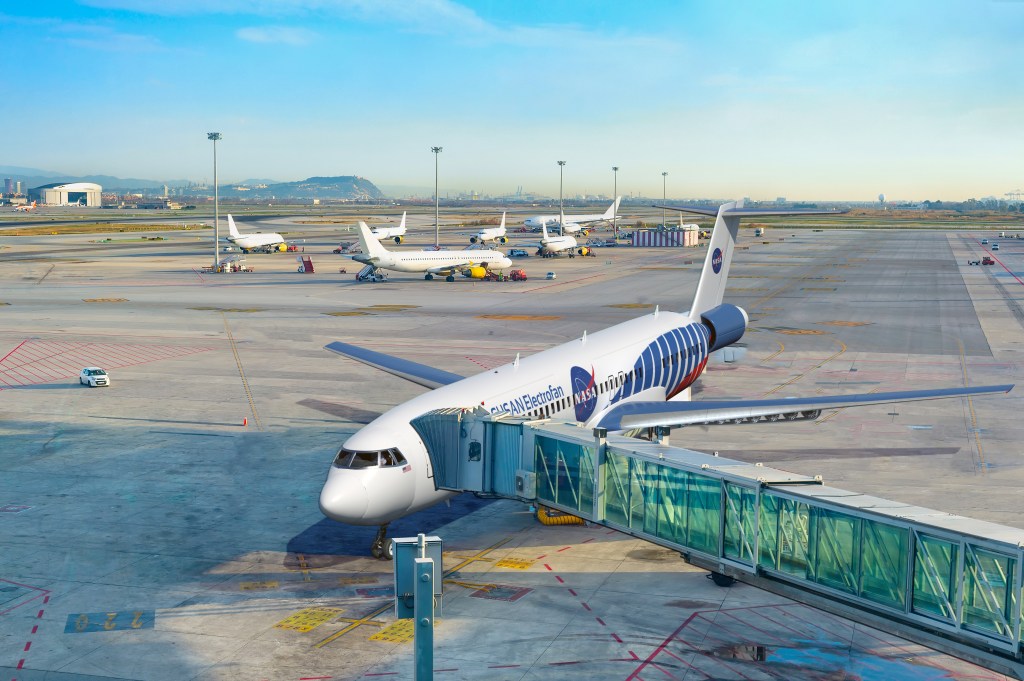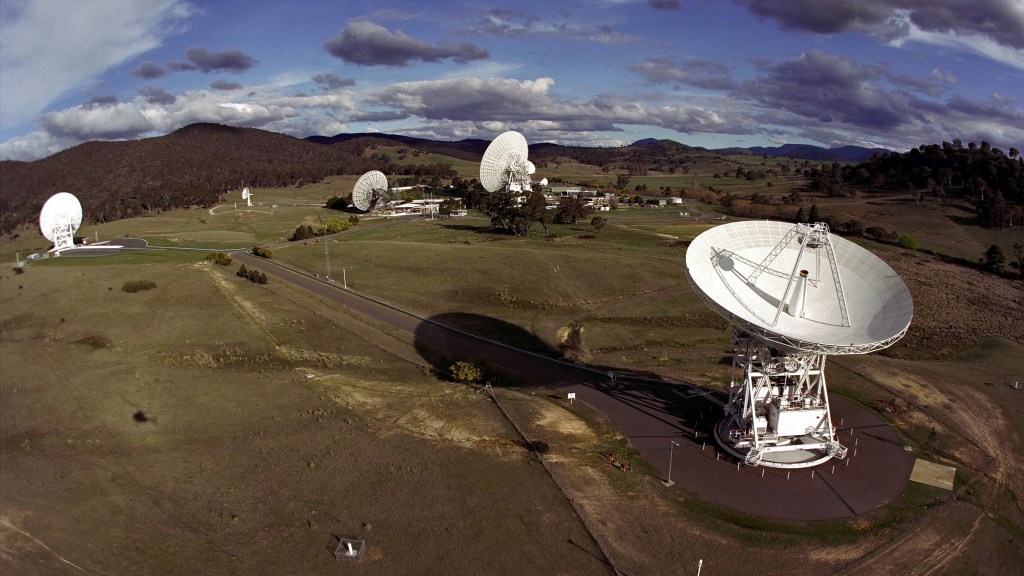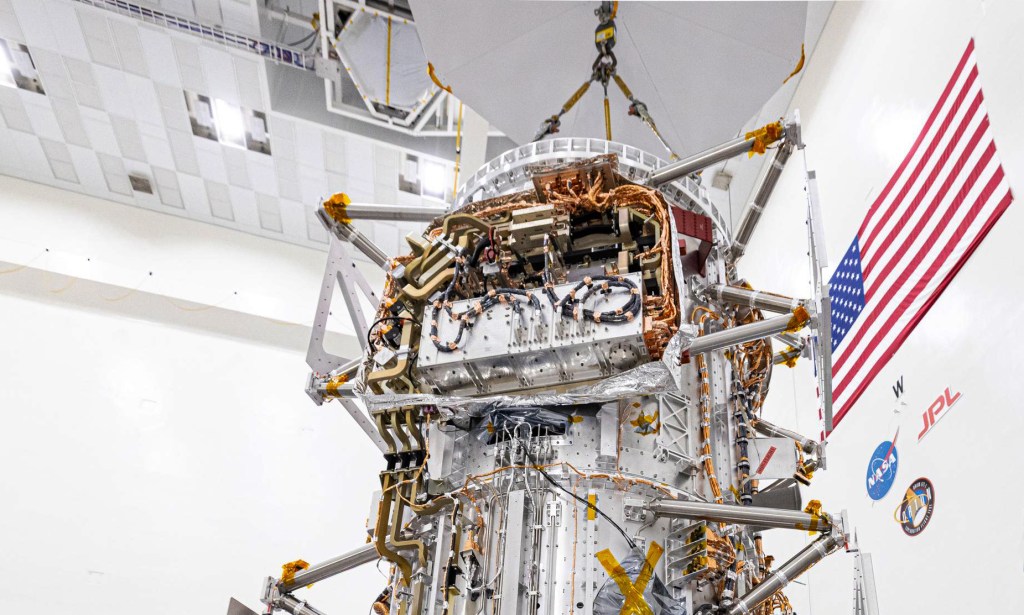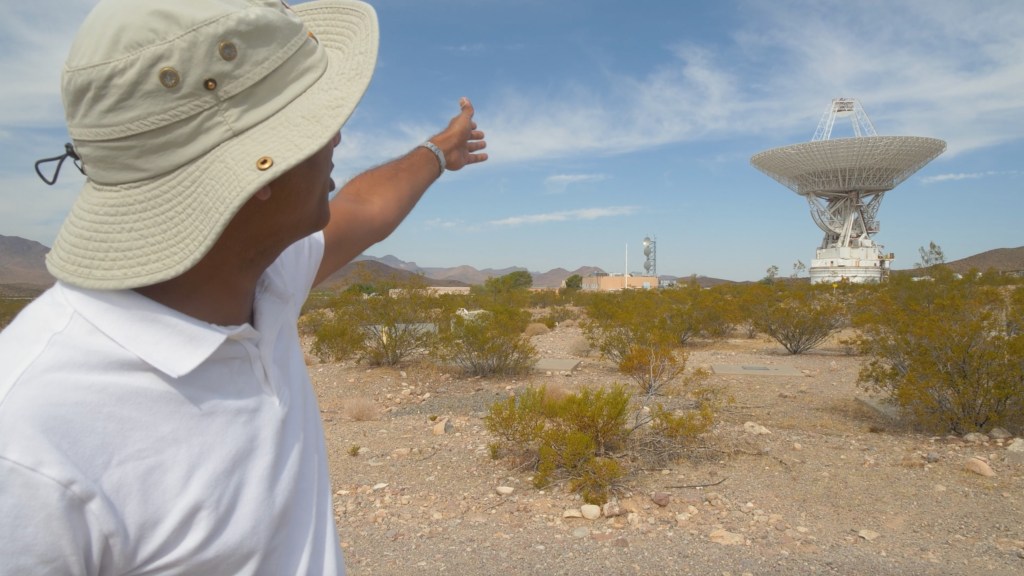Editor’s note: This advisory was updated on Monday, Nov. 14, to adjust a planned NASA TV broadcast at 12 p.m. EST on Monday to a media call at about 6 p.m. as part of a follow-up mission management team briefing.
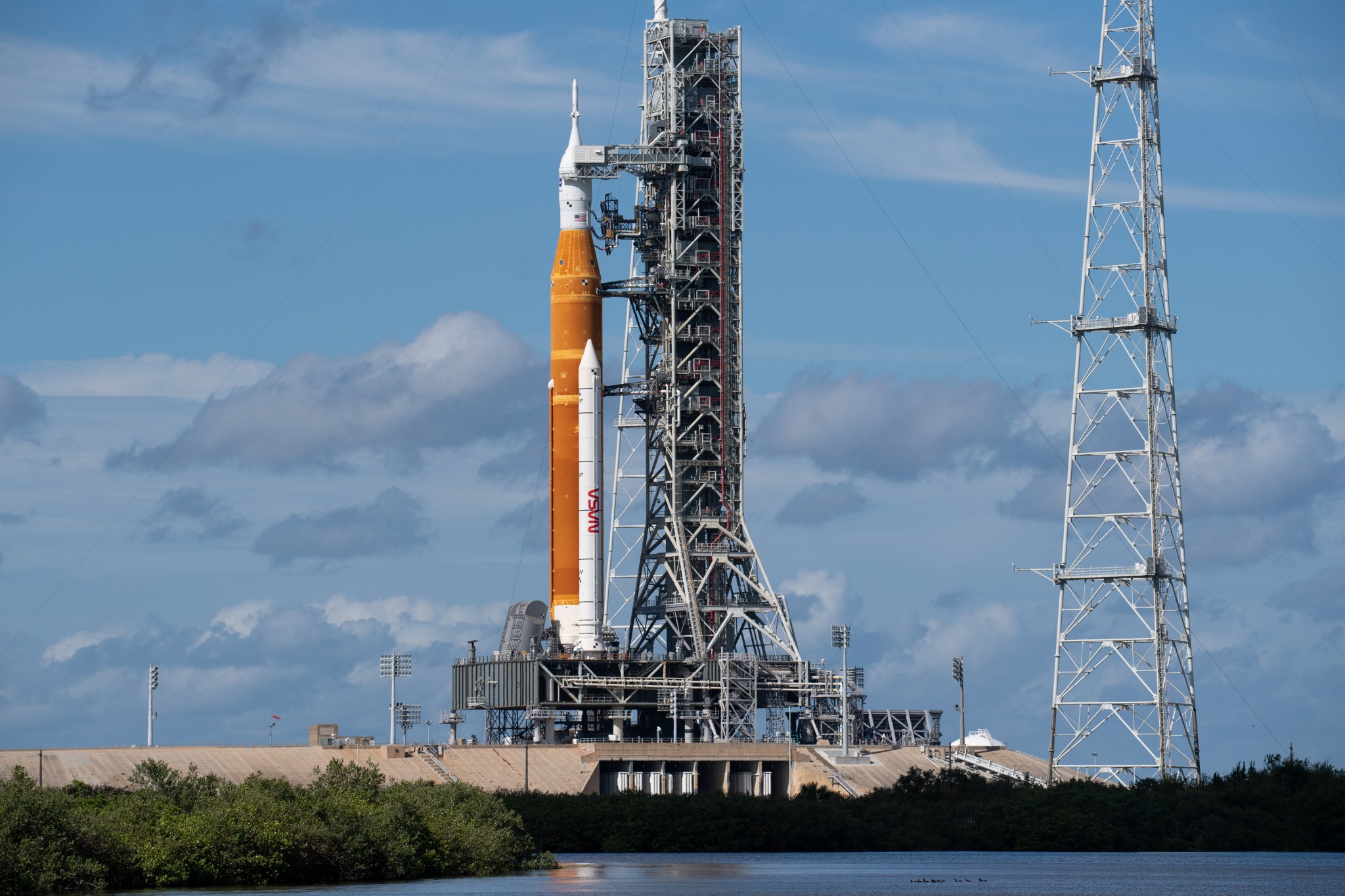
NASA confirmed it remains on track for the launch of the Artemis I Moon mission during a two-hour launch window that opens at 1:04 a.m. EST on Wednesday, Nov. 16.
The launch countdown will begin at 1:24 a.m. on Monday, Nov. 14.
Artemis I is the first integrated flight test of NASA’s Space Launch System (SLS) rocket, an uncrewed Orion spacecraft, and the ground systems at the agency’s Kennedy Space Center in Florida. The mission will pave the way for a crewed test flight and future human lunar exploration as part of Artemis.
Following Hurricane Nicole, teams have conducted thorough assessments of the rocket, spacecraft, and associated ground systems and confirmed there were no significant impacts from the severe weather. The SLS rocket and Orion spacecraft arrived at Kennedy’s Launch Pad 39B on Nov. 4 and rode out the storm there.
Live coverage of briefings and events will air on NASA Television, the NASA app, and the agency’s website at:
Engineers previously rolled the rocket back to the Vehicle Assembly Building (VAB) Sept. 26 ahead of Hurricane Ian and after waving off two previous launch attempts Aug. 29 due to a faulty temperature sensor, and Sept. 4 due to a liquid hydrogen leak at an interface between the rocket and mobile launcher. Prior to rolling back to the VAB, teams successfully repaired the leak and demonstrated updated tanking procedures. While in the VAB, teams performed standard maintenance to repair minor damage to the foam and cork on the thermal protection system and recharge or replace batteries throughout the system.
A limited number of seats inside Kennedy’s Press Site auditorium will be available during NASA TV briefings to previously credentialed on-site journalists on a first-come, first-served basis. The deadline has passed for media accreditation for in-person coverage of this launch.
To participate by telephone, media must RSVP no later than two hours before the start of each briefing to: ksc-newsroom@mail.nasa.gov.
Media and members of the public may also ask questions on social media using #Artemis. Audio only of the briefings will be carried on the NASA “V” circuits, which may be accessed by dialing 321-867-1220, -1240 or -7135.
NASA’s media accreditation policy for virtual and on-site activities is available online. More information about media accreditation at Kennedy is available by emailing: ksc-media-accreditat@mail.nasa.gov.
Full launch coverage is as follows. All times are Eastern, and the information is subject to change. Follow NASA’s Artemis blog for updates.
Sunday, Nov. 13
7 p.m.: NASA will hold a prelaunch media teleconference following a mission management team meeting with the following participants:
- Bill Nelson, NASA administrator
- Mike Sarafin, Artemis mission manager, NASA Headquarters
- Charlie Blackwell-Thompson, Artemis launch director, Exploration Ground Systems Program, Kennedy
- Emily Nelson, chief flight director, NASA Johnson
- Melody Lovin, weather officer, U.S. Space Launch Delta 45
Monday, Nov. 14
6 p.m.: NASA will hold a media call to discuss Monday’s follow-up mission management team meeting. Briefing participants to be determined. Audio of this call will stream live on the agency’s website:
Tuesday, Nov. 15
3:30 p.m.: NASA TV commentary coverage of tanking operations to load propellant into the SLS rocket begins, including views of the rocket and Launch Control Center, and audio from a commentator.
10:30 p.m.: NASA TV commentary coverage of launch begins in English. Coverage will continue through translunar injection and spacecraft separation, setting Orion on its path to the Moon.
Wednesday, Nov. 16
12 a.m.: NASA TV commentary coverage of launch begins in Spanish on NASA’s Spanish-language YouTube account and will continue approximately 15 minutes after liftoff. Mission coverage updates will be posted on the NASA en español social media channels.
4 a.m.: NASA TV coverage of the postlaunch news conference will follow approximately one hour after the live launch broadcast ends. Coverage start time is subject to change, based on the exact liftoff time. The postlaunch news conference will include the following participants:
- Bill Nelson, NASA administrator
- Mike Sarafin, Artemis mission manager, NASA Headquarters
- Mike Bolger, Exploration Ground Systems Program manager, Kennedy
- John Honeycutt, Space Launch System Program manager, Marshall
- Howard Hu, Orion Program manager, NASA’s Johnson Space Center
- Emily Nelson, chief flight director, Johnson
8:30 a.m.: NASA TV commentary coverage of Orion’s first outbound trajectory burn on the way to the Moon. Coverage start time is subject to change, based on the exact liftoff time.
10 a.m.: NASA TV commentary coverage of first Earth views from Orion during outbound coast to the Moon.
NASA Television coverage of additional events throughout the mission is available online.
NASA Launch Coverage in English
Briefings and launch coverage will be available on the NASA website. Coverage will include live streaming and blog updates. On-demand video recordings and photos of the launch will be available shortly after liftoff. Follow countdown coverage on NASA’s Artemis blog at:
https://blogs.nasa.gov/artemis
Live NASA TV coverage leading to launch will begin with commentary of tanking operations at 3:30 p.m. Tuesday, Nov. 15, followed by launch coverage beginning at 10:30 p.m. Launch coverage will stream on the NASA website, as well as Facebook, Twitch, NASA YouTube, and in 4k on NASA’s UHD channel.
For NASA TV downlink information, schedules, and links to streaming video, visit:
On launch day, a “tech feed” will be carried on the NASA TV media channel featuring views of the rocket and audio from a commentator in the Launch Control Center throughout and a single channel of mission audio beginning 15 minutes before launch.
Countdown activities with audio of the launch control commentator will be available starting at 3:30 p.m. by dialing 321-867-1220, -1240 or –7135; listeners will hear a single channel of mission audio beginning 15 minutes before launch. Full audio from the launch broadcast will begin at 10:30 p.m. and will be available by dialing 256-715-9946 with passcode 913 471 506#.
Launch also will be available on local amateur VHF radio frequency 146.940 MHz and UHF radio frequency 444.925 MHz, FM mode, heard within Brevard County on the Space Coast.
NASA Launch Coverage in Spanish
NASA’s broadcast of the launch in Spanish will include interviews with Hispanic members of the mission and live commentary.
The show, which will begin at 12 a.m. Wednesday, Nov. 16, will be available on NASA en español’s YouTube account, and will continue approximately 15 minutes after liftoff. Mission coverage will then follow on the NASA en español social media channels.
Media and educational institutions interested in sharing the stream of the show can contact María José Viñas at: maria-jose.vinasgarcia@nasa.gov.
Attend Launch Virtually
Members of the public can register to attend the launch virtually. NASA’s virtual guest program for the mission includes curated launch resources, notifications about related opportunities or changes, and a stamp for the NASA virtual guest passport following a successful launch.
Watch, Engage on Social Media
Stay connected with the mission and let people know you are following the launch on Twitter, Facebook, and Instagram with #Artemis. Follow and tag these accounts:
- Twitter: @NASA, @NASAArtemis
- Facebook: NASA, NASAArtemis
- Instagram: NASA, NASAArtemis
The public can track the Artemis I mission as it happens using to Artemis Real-time Orbit Website, which will provide information about where Orion is in relation to the Earth and the Moon. Individuals also can also download a virtual boarding pass to commemorate the historic flight.
Through Artemis missions, NASA will land the first woman and the first person of color on the Moon, paving the way for a long-term lunar exploration and serving as a steppingstone to send astronauts to Mars.
For more information about the Artemis I mission, visit:
https://www.nasa.gov/specials/artemis-i
Para obtener información sobre cobertura en español en el Centro Espacial Kennedy o si desea solicitar entrevistas en español, comuníquese con Antonia Jaramillo at: antonia.jaramillobotero@nasa.gov or 321-501-8425.
-end-
Kathryn Hambleton
Headquarters, Washington
202-358-1100
kathryn.a.hambleton@nasa.gov
Tiffany Fairley
Kennedy Space Center, Fla.
321-867-2468
tiffany.l.fairley@nasa.gov




